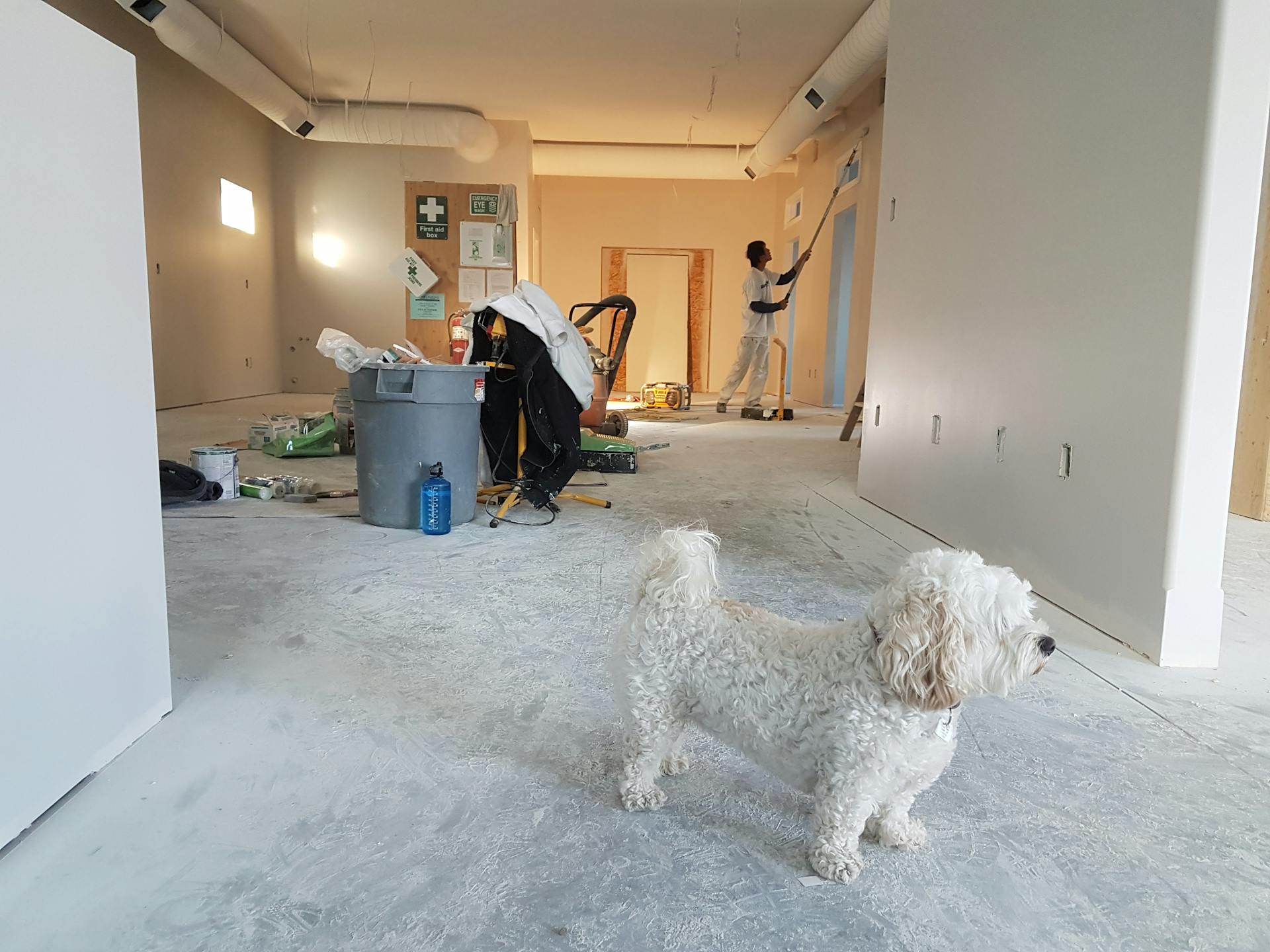At first glance, a fresh renovation seems like a no-brainer. Especially before selling. What could be better for a buyer than the light scent of a brand-new home? What compares to freshly painted walls, a new kitchen, shiny modern plumbing fixtures, and everything else that brings that new-home feeling?
But let’s take a look at renovation without emotion. Let’s crunch the numbers and see which renovations actually pay off. I’m not here to tell you “wow” — my goal is to make sure your pre-sale renovation not only pays for itself, but brings you the highest possible return.
What should you keep in mind when deciding on a pre-sale renovation?
1. Light renovations are almost always worth it
We all understand: your home always feels new to you. In your mind, it’s exactly the same as when you got it from the builder 20 years ago. It’s completely normal that you no longer notice the crack in the light switch, the barely visible old stains in the kitchen, a few delicate water marks on the ceiling, or other yellowed surfaces that a buyer will definitely spot.
That’s why light touch-ups are always needed: neutral paint, cleaning, fixing visible visual flaws.
2. The renovation is not for you. It’s for the buyer.
We all sometimes want something strange. It happens. Dark walls, black kitchens, red ceilings, concrete-look laminate, vintage-style plumbing — we barely even remember what inspired our bold ideas of eccentric self-expression, but trust me: the buyer may not share your artistic vision.
So let’s bring everything back to more or less neutral (at the very least, non-irritating) colors, keep current design trends in mind, and remember that taste is subjective. Don’t forget: you’re not renovating for yourself.
3. Buyers’ perception of renovation depends on market conditions
If the market is rising, buyers tend to be more open to renovations. Moreover, in a growing market, many people prefer a fully renovated home, because the renovation cost is included in the mortgage — which makes it easier financially and psychologically (they won’t need to come up with tens of thousands for renovation or deal with it themselves). A few years later, property prices rise, and the resale value covers the cost of those expensive upgrades.
That’s how flippers made their money (flippers are people who buy fixer-uppers, renovate them, and resell them for much more than just the cost of the reno). In recent years, however, flipping has become far less predictable. The market has essentially stalled—if not worse—and the once-golden formula of “buy – paint – sell for $100K more” just doesn’t work anymore. These days, flipping is more about calculation and analysis than guaranteed profits.
On a declining market, when there are far more sellers than buyers, the situation changes: buyers focus more on price. In this case, an expensive renovation can backfire. Many buyers will skip over your listing simply because the price is too high. That’s why on a declining market, it often makes more sense to stick to light cosmetic upgrades that won’t drastically increase your asking price.
4. Who is buying your home?
Depending on the type of buyer (someone buying to live in, or as a rental investment), the need and value of renovation will vary. If a new owner is moving in, they might like a high-quality renovation and accept a slightly higher price. But if the home/apartment is being bought to rent out, chances are the expensive upgrades won’t be seen as necessary. Who wants to overpay for features tenants are unlikely to notice or care about?
5. Location! Location! Location!
The golden rule of location matters when it comes to renovation, too. In a more affordable neighborhood, a high-end renovation often won’t be taken seriously: if all the comparable homes nearby are listed at $500–550K, and your fancy reno bumps the price up to $600K, you’re immediately shrinking your pool of potential buyers. Those with $600K will likely prefer a simpler house—but in a more upscale area. Don’t forget: Location! Location! Location!
What usually pays off?
Neutral paint, updated lighting/potlights, new carpet, replacing cabinet and door handles.
What’s harder to recoup—especially in today’s “buyer’s market”?
Full kitchen replacements, luxury tile, personalized bathroom renovations.
Unfortunately, there’s no universal formula that works for all types of properties, in all neighborhoods, in all price categories, across all economic conditions and buyer climates.
But if you’d like a free assessment of your situation, here’s my magic number: 416 305 6525. Just call, and I’ll help you figure out what makes sense — and what doesn’t.
Serge Skyba
Realtor @ Realty 7 Ltd, Brokerage
serge@agent1.ca
416 305 6525


